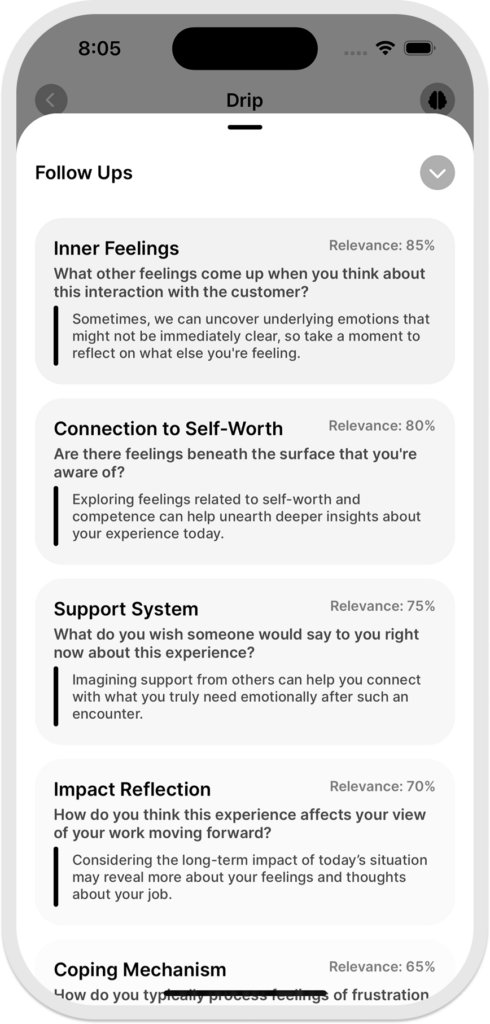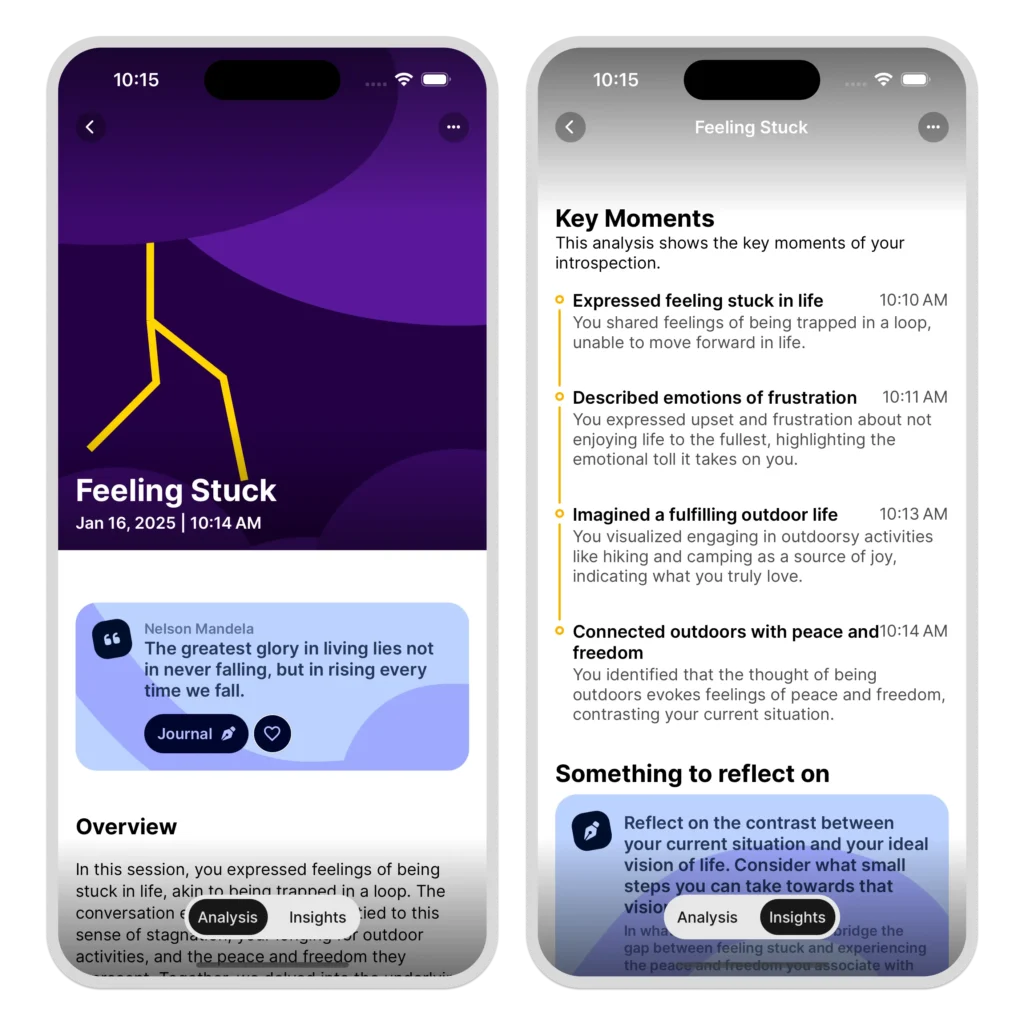Mindfulness – the practice of being fully present in the moment without judgment – has become increasingly popular in recent years as a way to reduce stress, improve emotional regulation, and cultivate a deeper sense of self-awareness. When combined with the introspective power of journaling, mindfulness can become an even more potent tool for personal growth and well-being.
Mindful journaling is the act of writing about your thoughts, feelings, and experiences with a deliberate focus on the present moment. By bringing mindfulness to your writing practice, you create space for greater clarity, insight, and self-understanding.
Techniques for Mindful Journaling
To incorporate mindfulness into your journaling, try these techniques:
- Set an intention: Before you begin writing, take a moment to set an intention for your practice. This could be as simple as “I intend to be present with my thoughts and feelings” or “I intend to write with honesty and self-compassion.”
- Focus on the breath: Take a few deep breaths before you start writing, noticing the sensation of the breath moving in and out of your body. If your mind wanders while journaling, gently bring your attention back to the breath.
-
Write without judgment: As you journal, observe your thoughts and emotions without labeling them as good or bad. Simply acknowledge what arises and let it flow onto the page.
-
Use sensory details: Engage your senses as you write, describing what you see, hear, smell, taste, and feel. This helps anchor you in the present moment and deepens your experience.
-
Practice self-compassion: Approach your journaling with kindness and understanding, recognizing that all emotions – even challenging ones – are valid and worthy of exploration.
Benefits for Mental Health
Research has shown that mindful journaling can offer numerous benefits for mental health and well-being:
- Reduced stress and anxiety
- Increased self-awareness and emotional intelligence
- Improved mood and overall sense of well-being
- Greater clarity and insight into thoughts and behaviors
- Enhanced ability to process difficult emotions
- Stronger sense of connection to oneself and others
By providing a safe, non-judgmental space to explore your inner world, mindful journaling can be a powerful complement to therapy and other mental health practices.
Tips for Starting a Mindful Journaling Practice
If you’re new to mindful journaling, these tips can help you get started:
- Choose a format that works for you: Whether it’s a traditional notebook, a notes app on your phone, or a guided journaling tool like Drip, find a format that feels comfortable and accessible.
-
Set aside dedicated time: Try to journal at the same time each day, even if it’s just for a few minutes. Creating a consistent routine can help make journaling a habit.
-
Start small: Don’t pressure yourself to write pages and pages right away. Begin with short, simple entries and build from there.
-
Use prompts: If you’re not sure what to write about, try using prompts to spark your reflection. Drip offers a variety of prompts designed to encourage mindful exploration.
-
Be patient with yourself: Mindful journaling is a skill that develops over time. Be patient with the process and trust that with practice, you’ll begin to experience the benefits.
By bringing the power of mindfulness to your journaling practice, you open the door to deeper self-awareness, emotional healing, and personal growth. Whether you’re an experienced journaler or just starting out, mindful journaling is a simple yet profound way to connect with your inner self and cultivate greater well-being in all areas of your life.





